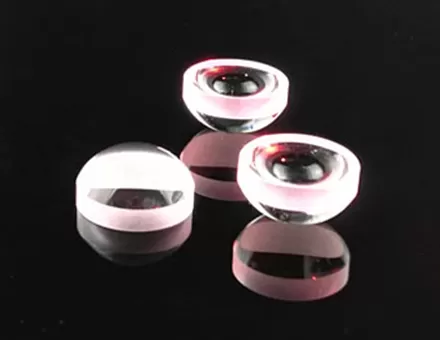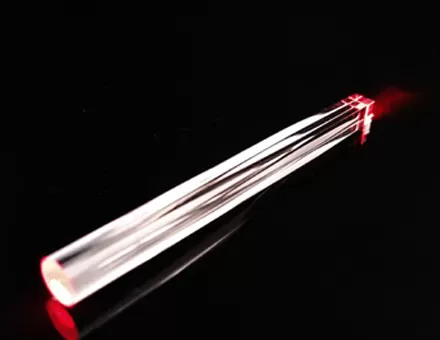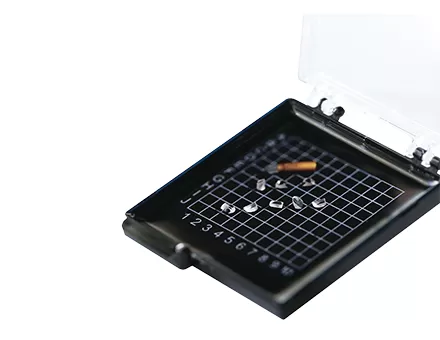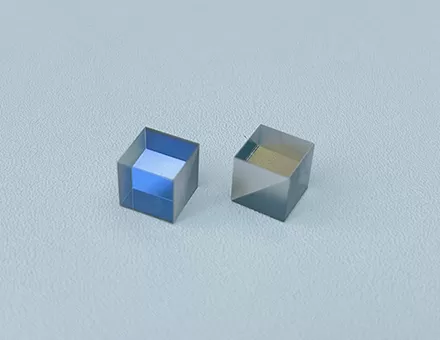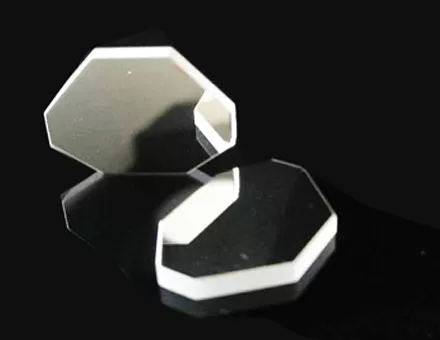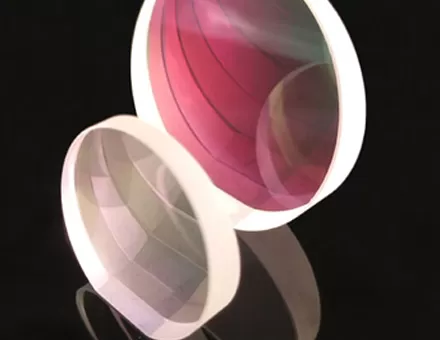With the rapid development and upgrading of modern optoelectronic products, the products are becoming more and more miniaturized, digital, and functionally integrated, and the demand for precision optical components is increasing. The requirements are also constantly improving, which puts forward higher requirements for the processing and detection capabilities of precision optical components. Facing the ever-increasing demands, the precision optics industry has made great progress in technology by introducing and absorbing advanced technologies from other fields.
(1) The continuous integration of advanced manufacturing and testing technologies into the precision optical processing industry provides a reliable guarantee for the large-scale production of the precision optical processing industry
At present, technologies such as CNC machining technology, computer-aided design, ion beam-assisted machining technology, high-speed precision grinding, high-speed polishing, and laser centering have gradually begun to be applied on a large scale in the machining process of precision optical components, and are gradually replacing the decades of application. Traditional processing techniques such as classical polishing; automatic detection instruments such as laser plane interferometers have begun to be widely used in the processing of optical components. Through computer and software analysis technology, the surface shape and processing accuracy are automatically judged without contact, which is replacing the traditional contact with optical samples. It is a test method that requires individual subjective judgment of surface shape and machining accuracy.
(2) Optical thin film technology has become a key technology to promote the development of the precision optical processing industry
The spectroscopic characteristics of precision optical components can only be realized by the polarization splitting, anti-reflection, and accurate positioning of spectral wavelengths of optical films. Represented by sputtering film formation technology and plasma chemical vapor deposition film formation technology, precision coating technology is gradually used in optical coating, and the detection method of film thickness has also been continuously optimized and improved to improve coating efficiency and product yield, and obviously reduce costs.
(3) Ultra-precision aspheric surfaces and free-form surfaces have gradually become research hotspots, and precision optical processing technology has continued to break through
Ultra-precision aspheric and free-form precision optical components are widely used in high-end fields such as automobiles, consumer electronics, medical care, industrial control, communications, aerospace, and national defense, which plays an important role in promoting scientific and technological progress, industrial development, economic growth, and safeguarding national defense and security. Ultra-precision aspheric surfaces and free-form surfaces have complex surface shapes, large changes in curvature and high precision, which bring great challenges to precision machining and testing technology, and are also emerging high-tech technologies in the world. With the rapid development of computer technology, the processing technology has been transformed into a variety of processing methods based on modern computer control, such as single-point diamond turning technology, advanced CNC ultra-precision manufacturing technology, etc., to overcome the bottleneck of processing technology.
(4) Special-shaped optical components have gradually become one of the hot spots in precision optical technology
In recent years, with the continuous upgrading of optical technology, precision optical components are not limited to refractive lenses, prisms and mirrors, etc., and the application of new optical components such as microlens arrays, holographic lenses, and diffractive optical components has gradually increased. Special-shaped optical elements are a type of new optical elements, which are widely used in various photoelectric sensors and optical instruments. Through the introduction of CNC machining technology, the use of CNC engraving machines and the aid of computer-aided software, the comprehensive use of modern machining technologies such as EDM, electrochemical machining, laser rapid prototyping, ultrasonic machining, and composite machining technology has greatly improved product production efficiency, so that special-shaped optical elements can be used in more fields, and the continuously improved and optimized special-shaped optical element technology is expected to become a key technology hotspot in the optical industry.
(5) Various types of special precision optical solutions continue to emerge, promoting industrial upgrading
At present, the downstream application fields of precision optical element lenses such as video surveillance, vehicle lenses, machine vision, emerging consumer electronics, VR/AR equipment, 3D Sensing, etc. maintain market growth, while the overall demand for optical imaging quality, practical application scenarios, etc. Continuous improvement requires new solutions. In the wave of continuous innovation, different application fields have gradually shown some changing trends: in the field of video surveillance, technologies such as ultra-high-definition resolution, ultra-low illumination, wide dynamic range images, day and night confocal, long-wave infrared thermal imaging, etc. Technology products are constantly being introduced to the market; in the field of automotive imaging systems and emerging consumer electronics, ultra-wide-angle, large aperture, low distortion, and miniaturization have gradually become hot spots.


















 EN
EN
